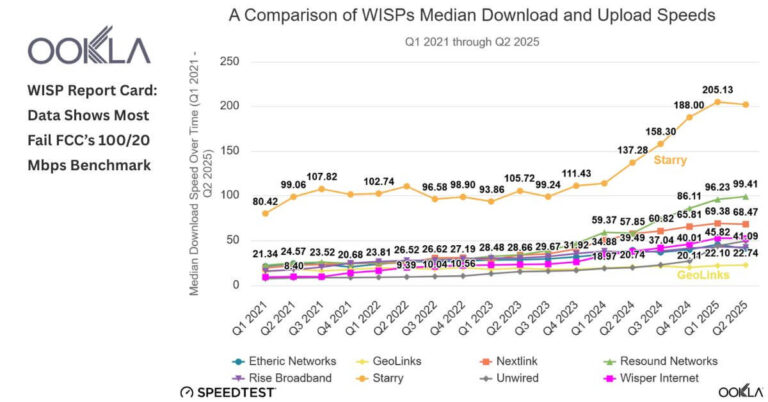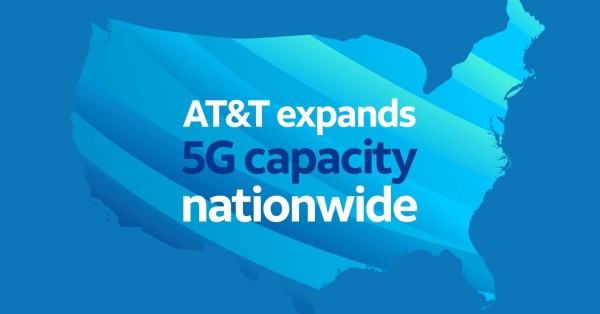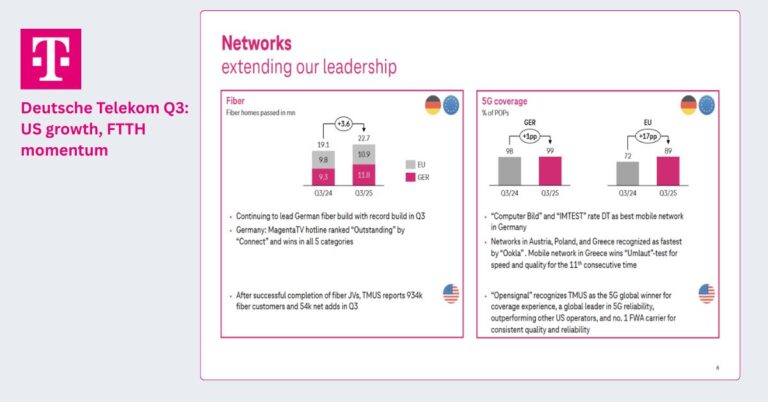Comcast Unveils StreamSaver Bundle Featuring Apple TV+, Peacock, and Netflix
Comcast has launched a new streaming bundle, StreamSaver, which will include content from Apple TV+, Peacock, and Netflix. This new service aims to provide customers with a convenient way to access multiple streaming platforms in one place, as stated by Comcast CEO Brian Roberts on Tuesday.
Cost-Effective Streaming with Comcast’s StreamSaver
Although the exact price of the StreamSaver bundle was not disclosed, Roberts emphasized that it would be “vastly reduced” compared to other streaming services. The bundle is set to debut this month, although a specific launch date was not provided during the conference hosted by investment research firm MoffettNathanson.
Roberts remarked, “We’ve been bundling video successfully and creatively for 60 years. This is the latest iteration of that, and I think it will be a pretty compelling package.”
StreamSaver vs. Individual Subscription Costs
Apple TV+ costs $9.99 per month, a significant increase from last year’s $6.99. NBC’s Peacock, launched in July 2020, costs $5.99 monthly and boasts 34 million paid subscribers. It offers Bravo, Hallmark, WWE, NBC Sports content, and more. With over 260 million global subscribers, Netflix has monthly subscription rates ranging from $6.99 to $22.99.
Streaming Industry Trends and Comcast’s Strategy
StreamSaver is part of a growing trend of streaming bundles introduced by media companies to drive growth and reduce costs. The streaming market is highly competitive, with significant expenses for producing original content. Additionally, streaming platforms face challenges with inconsistent subscription revenues as customers frequently add and drop services based on cost and programming preferences.
Earlier this year, Disney and Warner Bros. Discovery announced a bundle that will include Disney+, Hulu, and Max, set to launch this summer. This new bundle will feature ABC, CNN, DC, Discovery, Disney, Food Network, FX, HBO, HGTV, Hulu, Marvel, Pixar, Searchlight, and Warner Bros content. In a related move, ESPN, Fox Corp., and Warner Bros. Discovery revealed plans for an app to consolidate most of their sports content for U.S. users by this fall.
Future of Streaming: Possible Mergers and Comcast’s Role
In December, Fortune reported that Apple TV+ and Paramount+ were considering a bundle for their streaming services. Paramount Global’s former CEO, Bob Bakish, stepped down in April, which could signal potential mergers or sales for the company, including its CBS News ownership.
Comcast’s StreamSaver: A Strategic Addition
Comcast’s impending launch of the StreamSaver bundle comes as other media companies have been assembling similar offerings. The cheapest way to get all three streamers separately today is with the ad-supported Peacock Premium ($5.99/month, going up to $7.99/month in July); Netflix Basic with ads, which costs $6.99/month; and the standard Apple TV+ plan at $9.99/month. Note that to get Comcast’s StreamSaver discount, you must already subscribe to Xfinity Internet and/or Xfinity TV.
Reducing Churn with StreamSaver
Comcast’s forthcoming Peacock, Netflix, and Apple TV+ package is an effort to reduce cancellation rates (aka “churn”) and provide a more efficient means of subscriber acquisition as the traditional cable TV business continues to deteriorate. Comcast’s StreamSaver bundle will hit the market ahead of another price hike for the standalone Peacock service, which goes into effect for new customers before the 2024 Paris Summer Olympic Games. Beginning in mid-July, the price for Peacock Premium (with ads) will increase by $2 to $7.99 per month and Peacock Premium Plus (mostly ad-free) will also increase by $2 to $13.99 per month. The new prices will be effective starting July 18 for new Peacock customers and existing subscribers, with their next billing date on or after August 17.
Speculating Comcast’s Future in Streaming
Also at the MoffettNathanson conference, Roberts was asked by analyst Craig Moffett about NBC’s reported bidding for NBA media rights, but Roberts declined to discuss the status of the negotiations. This reticence leaves room for speculation about Comcast’s future moves in the sports media landscape, particularly in light of the industry’s broader trends toward consolidation and bundled services.
Conclusion
Comcast’s StreamSaver bundle represents a strategic response to the evolving media consumption landscape. By offering a compelling and cost-effective package that includes some of the most popular streaming services, Comcast aims to strengthen its market position and provide added value to its customers. As the industry continues to navigate challenges and opportunities, initiatives like StreamSaver could set the standard for future developments in the streaming ecosystem.
For more details on the evolving streaming landscape, check out these resources on Apple TV+, Peacock, and Netflix.







































